Introduction
In-Depth Turn Analysis is as series started by Smashthings back in 2014. Since he quit Hearthstone, it was discontinued and forgotten. I’ve decided to pick it up, because it’s really interesting and fills a niche between articles for beginners and more competitive ones.
If you aren’t familiar with the series, don’t worry – it’s quite easy. Just imagine you’re in an interesting or difficult spot in one of your matches. What if, instead of having 75 seconds to analyze everything, your time would be unlimited? Decisions in Hearthstone are often very chaotic. You might be driven by intuition (which isn’t always right), you might miss something, you might make a big misplay, because you didn’t have time to think about every possible outcome.
In order to take most from the series, before checking out my analysis, you should think about the scenario yourself. What do you think is the best play? Comparing your answers to my analysis can then teach you something or even spark a discussion if you disagree with my points. Feel free to comment if you do!
So before I start, I have one request for you guys. If you stumble upon such a scenario during one of your games, please make a screenshot and send it to me ([email protected]) and it get featured in next episode of the series!
Murloc Midrange Paladin vs Midrange Hunter

Screenshot was posted by /u/Nalw on the /r/CompetitiveHS’ weekly “What’s the play” thread.
In this scenario, we’re playing a Midrange Murloc Paladin deck versus a Midrange Hunter. So far there is nothing that indicates that either of the players is playing some weird build (Infested Wolf is uncommon, but not unseen), so we’ll assume the Standard builds:
Remember that those builds are only example ones and they might not match the builds in play with 100% accuracy. But that’s a good way to mimic the situation of playing on the ladder – you can never be sure what build is your opponent running and whether he didn’t tech in something different. We are sure that Hunter hasn’t used any cards you want to play around yet. So far he’s played a bunch of small minions that were cleared by Consecration on the previous turn. Hunter MIGHT be holding onto the Houndmaster, he didn’t have an opportunity to play it last turn because of no minions on the board.
This scenario might seem very easy – we are ahead and Hunter has limited ways to come back. But it’s not impossible that with the right set of draws he can still get back into the game.
The analysis might provide a valuable lesson – it’s one of the most common dilemmas of Hearthstone players. If you’re ahead on the board, how much do you want to trade? Is going aggressive and taking advantage of your position better, or maybe you should play completely safe since you should have late game advantage?
Play #1
[spoiler]
Truesilver Champion + Trades
You kill 3/3 with 3/1, kill one 1/1 with your 3/2 and kill the other one with Truesilver. The most safe play you can make in this scenario.
Pros:
- It’s a full board clear.
- You deal with every Beast on the board, so Hunter can’t utilize cards like Houndmaster or Crackling Razormaw.
Cons:
- You don’t develop the board – you traded a 3/1 minion into 4/1 weapon, so it’s a really low tempo play.
- You don’t push any damage.
- You play off-curve.
[/spoiler]
Play #2
[spoiler]
Gentle Megasaur + Face
You play Gentle Megasaur and ignore the 3/3. You hit face with both Murlocs and try to get a defensive Adapt option to keep your Murlocs alive.
Pros:
- You put pressure – you get Hunter down to 16 or even less in case of certain Adapts like Windfury.
- You develop the board – now your advantage is even bigger.
- Since you’re on the offense, you force your opponent to trade.
Cons:
- You leave Beast on the board for the sake of synergies. Hunter can buff it or maybe Tundra Rhino can get extra value (the 1/1’s will get Charge).
- There is a chance to get poor Adapts, which means that you won’t be able to protect your Murloc Warleader, and he’s very valuable with your current Hero Power.
- You play off-curve.
[/spoiler]
Play #3
[spoiler]
Stonehill Defender + Hero Power
You put a 1/4 Taunt and a 3/2 on the board. The main question is whether you trade or not – I will tackle that subject in the analysis.
Pros:
- The 1/4 Taunt protects Murloc Warleader quite well and you get as much value as you can from it with another Hero Power.
- You play on the curve.
- You have a great turn 6 play in a form of Hero Power + Truesilver or Megasaur.
- You push for some face damage (depending on how much you trade).
Cons:
- You don’t clear the board.
- Hunter can get advantage of the Beast synergies.
- If Hunter has a way to kill Warleader, then the Hero Power is just a 1/1, so really low tempo play.
[/spoiler]
Analysis
[spoiler]
It rarely happens, but this time around I have to say that each play has its merits. Play #1 is the most defensive option, Play #2 is the most offensive option and Play #3 is a middle ground option. But one thing about Play #3 is that you can optimize it to make it a bit more aggressive or defensive. You can trade nothing and go all face, you can trade one minion or you can trade both.
But let’s start with analyzing each individual play. Play #1 is the one I like least. It’s actually what the screenshot’s author did, but I have to disagree. While in this case it might not be that bad, because you will most likely win the game anyway, as long as you don’t DC, but overtrading is a real problem sometimes. That’s basically what Hunter WANTS you to do. You need to throw away your 3/1 minion and 10 damage in total to clear a 4-drop. Yes, the general rule against Midrange Hunter is that you want to clear his board and you definitely want to clear every Beast he has. But not “at all cost”. If there is pretty much no way to punish you for leaving the Beast, you can leave the Beast. Truesilver is not only on-curve, but it doesn’t really get you anywhere. You actually end up with a WEAKER board than you had last turn, the only advantage is a 4/1 weapon. But let’s say that Hunter plays Tundra Rhino next turn and trades into your Warleader. You will have to clear the 2/2 with weapon and now what? You have an empty board and really no good things to develop. Assuming you don’t topdeck something powerful, you will have to go for the Hero Power + Megasaur most likely, which isn’t really that powerful. It’s crazy, but when you overtrade, you give Hunter more time to actually find some way to comeback.
Playing slowly can be justified given the content of your hand. With The Curator and Ragnaros, Lightlord in the hand, with no way for the Hunter to kill you any time soon etc. you might feel like you don’t have to hurry up at all. Yes, in that specific case it might be true, but with any other hand or in other matchups, that would be a terrible play. You don’t capitalize on the board state, you don’t really do ANYTHING. You’re equipping a 4 mana weapon to kill a 1/1 minion. That’s a classic example of an overly-defensive play.
Now, let’s get to the Play #2. Gentle Megasaur is an insane card. If you manage to hit even two Murlocs, like in this case, it’s great. In this case, a defensive Adapt like +3 Health or Divine Shield in order to keep your Murlocs alive would be the best. Let’s say that you hit +3 Health. You end up with a 3/4, 3/5 and 5/4 against a 3/3. On top of that, you push for 6 damage and put Hunter at 16 with a seriously threatening board. With tempo, health and card advantage, you’re on your way to win the game. Play seems great. What I like about it is that you push the face damage. It’s actually funny, because one of the biggest mistakes novice players are making is ignoring the right trades and going face instead. On the other hand, one of the biggest mistakes intermediate players are making is tunnel visioning on the board control, focusing on clearing everything instead of going face when it’s the right thing to do. In this scenario, going face is MUCH better than completely clearing that minion. But, there are still some things I don’t like about this play.
First of all, you can hit some bad Adapts. The best example would be “Taunt”, “Poisonous” and “Can’t Be Targeted…” trio. No matter which one you pick, you don’t really get anywhere. Hunter has a chance to come back on the board. Arguably, the Windfury and +Attack Adapts also don’t do much. Yes, you get 6 more damage in either case, but as a Paladin you don’t have too much reach, so if Hunter has something like Unleash the Hounds, he might have a way to comeback. With no defensive option, Unleash is almost a full board clear. Especially weak in the case of Windfury, because you end up with a 1/1 minion with Windfury. That’s also the reason why in this case ATTACKING first might be the right play. It seems weird, but there is a merit to that. If you Attack first, you can get the Stealth Adapt to hide your damaged Murlocs from the trades. If you Adapt first and get Stealth, now you can’t attack with your Murlocs or they get out of Stealth. Yes, you deny yourself a potential +3 Attack or +1/+1 value (so you can miss 6 or 2 damage), but now Stealth is also a valuable option. In case of Windufry it doesn’t matter, because you will be able to attack second time anyway. The second thing I don’t like about this play is that it opens some ways to get punished. For example, if you get the +3 Health (probably the “best” one in this scenario), you can get punished by Houndmaster. That 3/3 becomes 5/5, trades into your Warleader, now Hunter has the board advantage. Divine Shield can get punished by Tundra Rhino a bit – you will probably be forced to Truesilver it next turn and don’t really develop anything else. And aggressive options can get punished even easier.
So we end up with our last play, Play #3. And I’ll start by saying that it’s the play I like most. But first things first. You play Stonehill Defender, you play your Hero Power… and then what? You end up with 3 different options:
- Both Murlocs go face, Hunter has 3/3 minion on the board.
- 3/1 trades into 3/3, Warleader goes face. Hunter has 2x 1/1 on the board.
- 3/1 trades into 3/3, Warleader trades into 1/1. Hunter has 1x 1/1 on the board.
It’s from the most offensive to least offensive option. From those three, I’d pick the second line of play and let me explain you why. Why not leave the 3/3? It doesn’t trade well into the 1/4 Taunt anyway. Yes, while that’s true, you open yourself to some ways of getting punished. This whole play aims to protect your Warleader as best as possible. As long as Warleader is in the play, your Hero Power is a pretty high tempo play. Instead of a 1/1, you summon a 3/2. And remember that you will MOST LIKELY be forced to Hero Power next turn too, so that Warleader is incredibly valuable. If you leave the 3/3 on the board and Hunter has Unleash the Hounds, he can now kill the 1/4 Taunt, kill your Warleader, kill one 1/1 and he’ll end up with a 3/2 against a 1/1 Murloc from your side. Now you’re in the state of losing the board.
So why would I go for the second line instead? Let’s start with a simple fact – trading 3/1 into 3/3 is a good trade. Not only you trade a weaker minion into a stronger minion, that minion is only temporarily buffed. If your Warleader dies, now it’s just a 1/1. So if your minions are temporarily buffed, try to take advantage of that while you can. On top of that, it limits the Hunter’s options. Now Unleash the Hounds won’t clear your Warleader – you have 3 minions on the board, so Hunter will summon 3x 1/1. All those 1/1’s are terrible against a 1/4 Taunt, it’s scenario where Stonehill Defender can shine. In case of Unleash, he will barely be able to get through the 1/4 Taunt and the 1/1 leftover won’t be able to do much against your 3/2 minions. Other possible lines of play Hunter might have here – Eaglehorn Bow can’t clear the Warleader, Houndmaster can’t clear the Warleader, Tundra Rhino can’t clear the Warleader, Crackling Razormaw can’t clear the Warleader… Hunter would need to have a combination of two, Crackling Razormaw + either Unleash or Bow AND he would need to hit the right Adapt in order to clear your Warleader. So it’s very, very unlikely. Or well, he could clear it with Kill Command, but there is no way to stop that one either way.
So why not go for the last line of play and kill that extra 1/1? Because it simply doesn’t matter. It doesn’t change the outcome of that turn whatsoever, it doesn’t make anything less punishing. You just miss 3 damage.
Playing Stonehill Defender here might also give you a better turn 6 play IN CASE Warleader gets cleared. You might end up with a 6 mana Taunt like Sunkeeper Tarim (there might be a chance that it will be useful next turn) or even a simple Sunwalker might be a good play. But if Warleader is still there, Murloc + Hero Power might be an insane turn 6 play. You will end up with three 3/2 Murlocs that are further buffed with Megasaur. And if necessary, you still have the access to another line of play – Hero Power + Truesilver Champion. As long as you can protect your Warleader, Hero Powering won’t be a bad play.
Like I’ve mentioned earlier, this is one of those scenarios where no matter what you do, you will probably win. You’re in a great spot, but it doesn’t mean that you can stop thinking and analysing. This kind of situation can also teach you what to do if you were in a different spot. Let’s say that you didn’t have The Curator and Rag, Lightlord in your hand – without that late game you might need to focus on capitalizing on the current board state instead of thinking “with this kind of hand I can’t lose anyway”. So in the end I have to say that Play #1 is absolutely the worst one here. It’s overtrading, it’s wasting damage. And now, I like both Play #2 and Play #3. In this context, I would definitely go for the Play #3. It’s harder to punish and less risky. You just don’t need to take that much risk given the rest of your hand and the situation. But at the same time, if I would been in a worse situation, I’d definitely play the Megasaur here. Megasaur is more risky, because in case of a low roll you basically played a 4 mana 5/4 and that’s it. But in case of high roll, you can snowball the game that way.
So in this scenario, in my opinion, Play #3 > Play #2 > Play #1. But if your hand was worse, you would have less health or you would need to take a risk for any other reason, it would be Play #2 > Play #3 > Play #1.
[/spoiler]
Closing
That’s all folks. I hope you’ve enjoyed another episode of In-Depth Turn Analysis. If you disagree with any of my analysis, feel free to leave a comment in the section below. Once I have some free time, I’d be glad to discuss everything with you! And if you want to be up to date with my articles, you can follow me on Twitter.
Good luck on the ladder and until next time!
Previous Episodes
If you enjoy the series, you might want to check out the previous installments:
- RenoLock Comeback – N’Zoth RenoLock vs Dragon Warrior; Combo RenoLock vs N’Zoth Paladin
- Pay Attention, Class! – Miracle Rogue (w/ Questing Adventurer) vs Token Druid
- I Will Hunt You Down! – Secret Face Hunter vs Tempo Mage
- Dragons vs Old Gods – Dragon Warrior vs N’Zoth Warrior
- Gadgetzan Edition – RenoLock vs Beast Druid, Dragon Warrior vs Aggro Shaman
- Preventing Turn 5 Death – Dragon Priest vs Pirate Warrior
- What to do, what to do… – Secret Mage vs Midrange/Flood Hunter


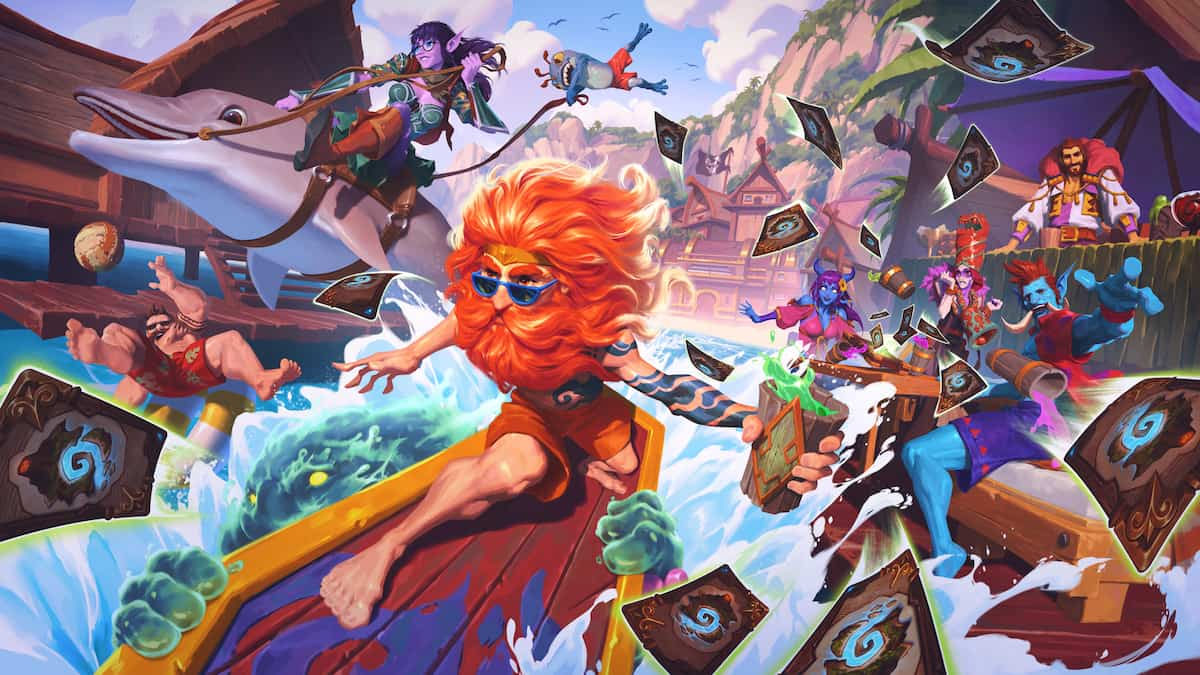
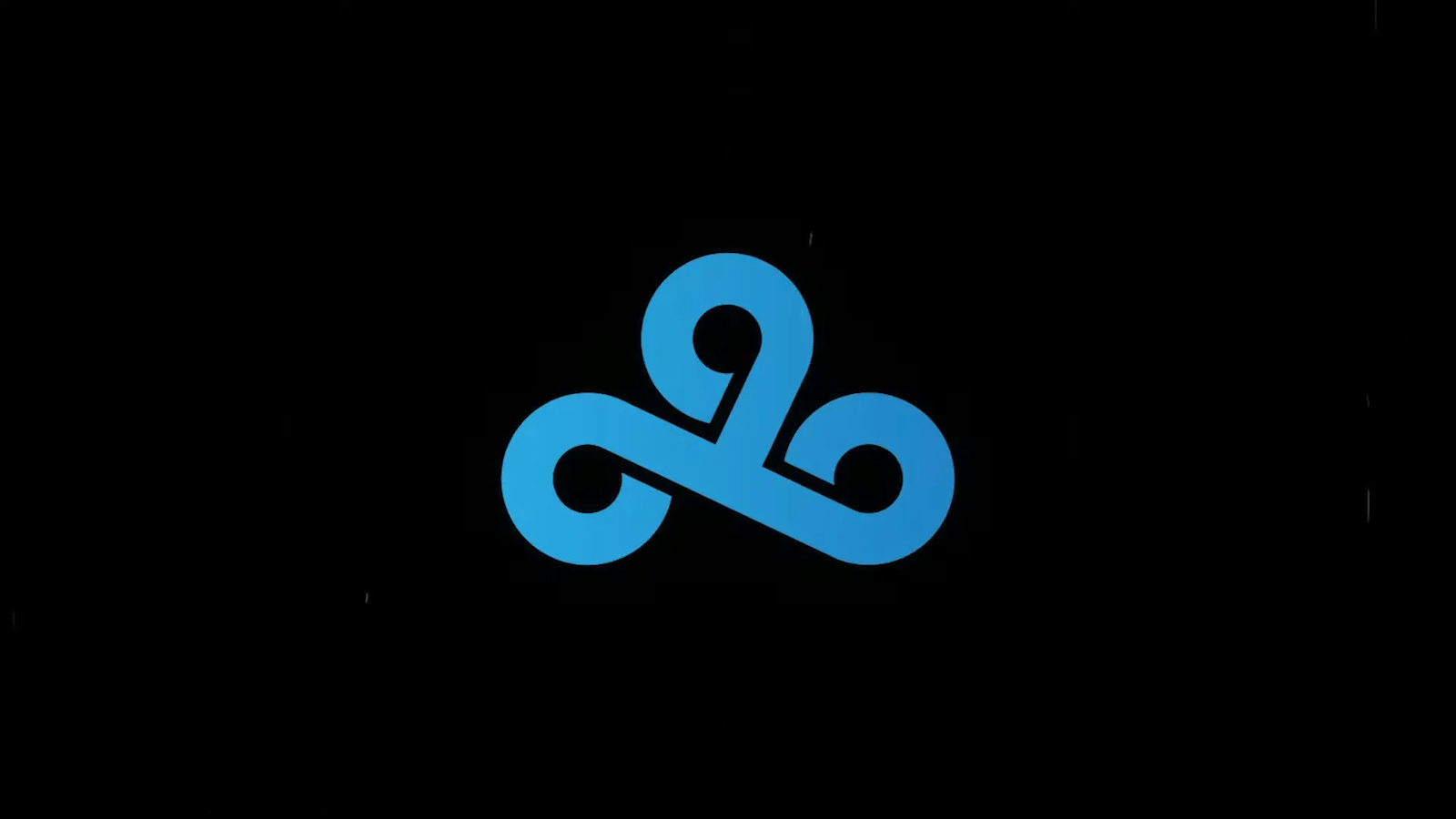

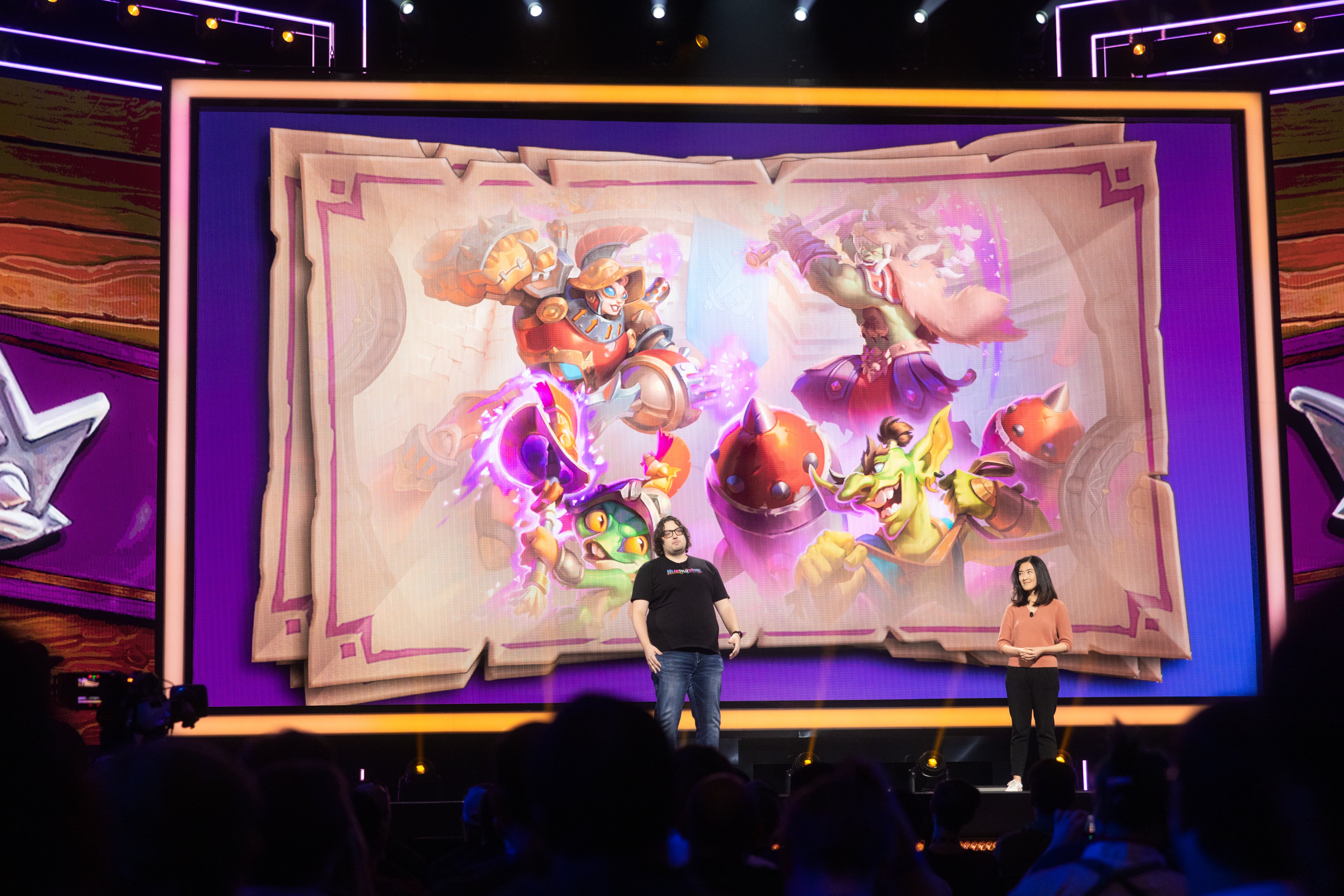
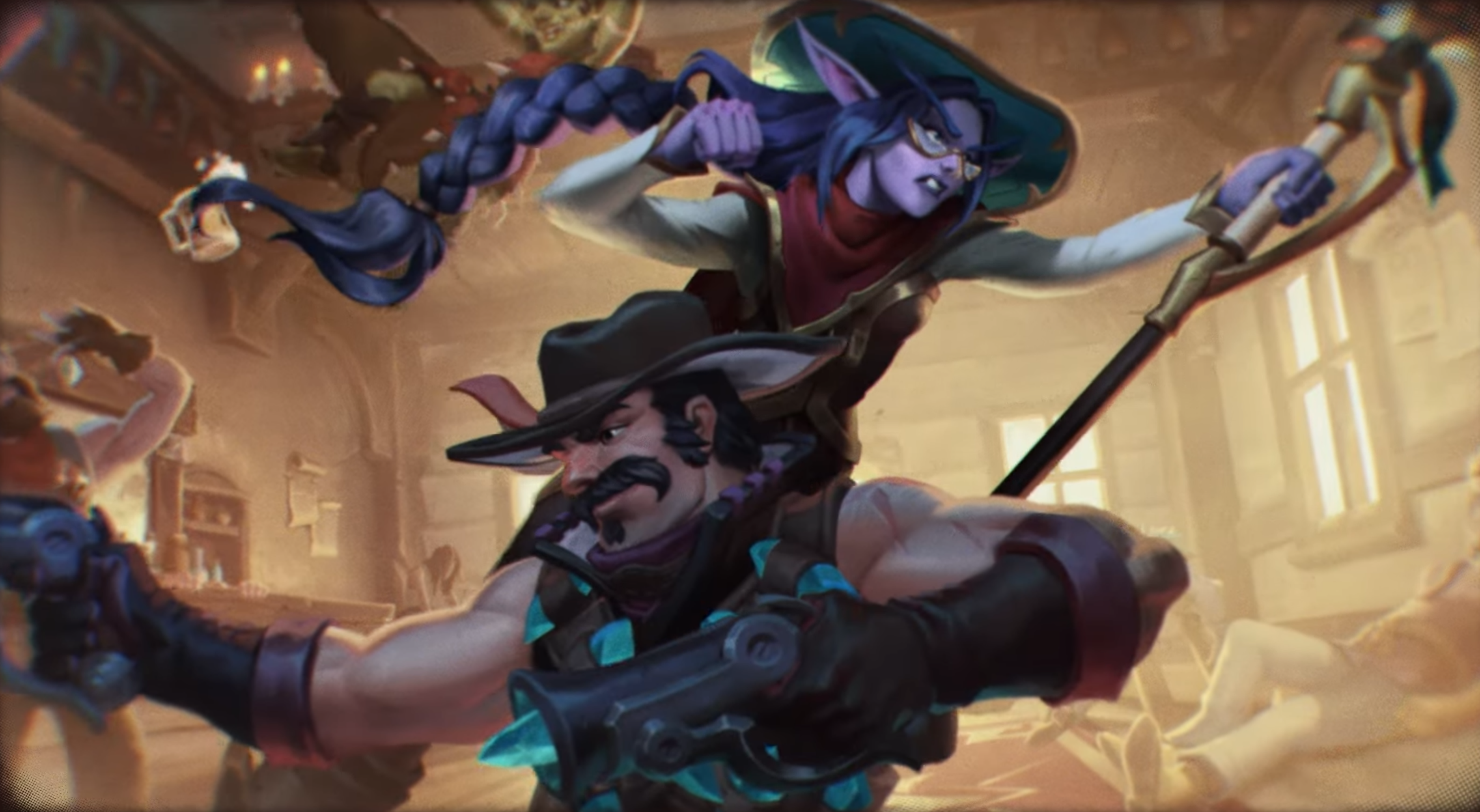
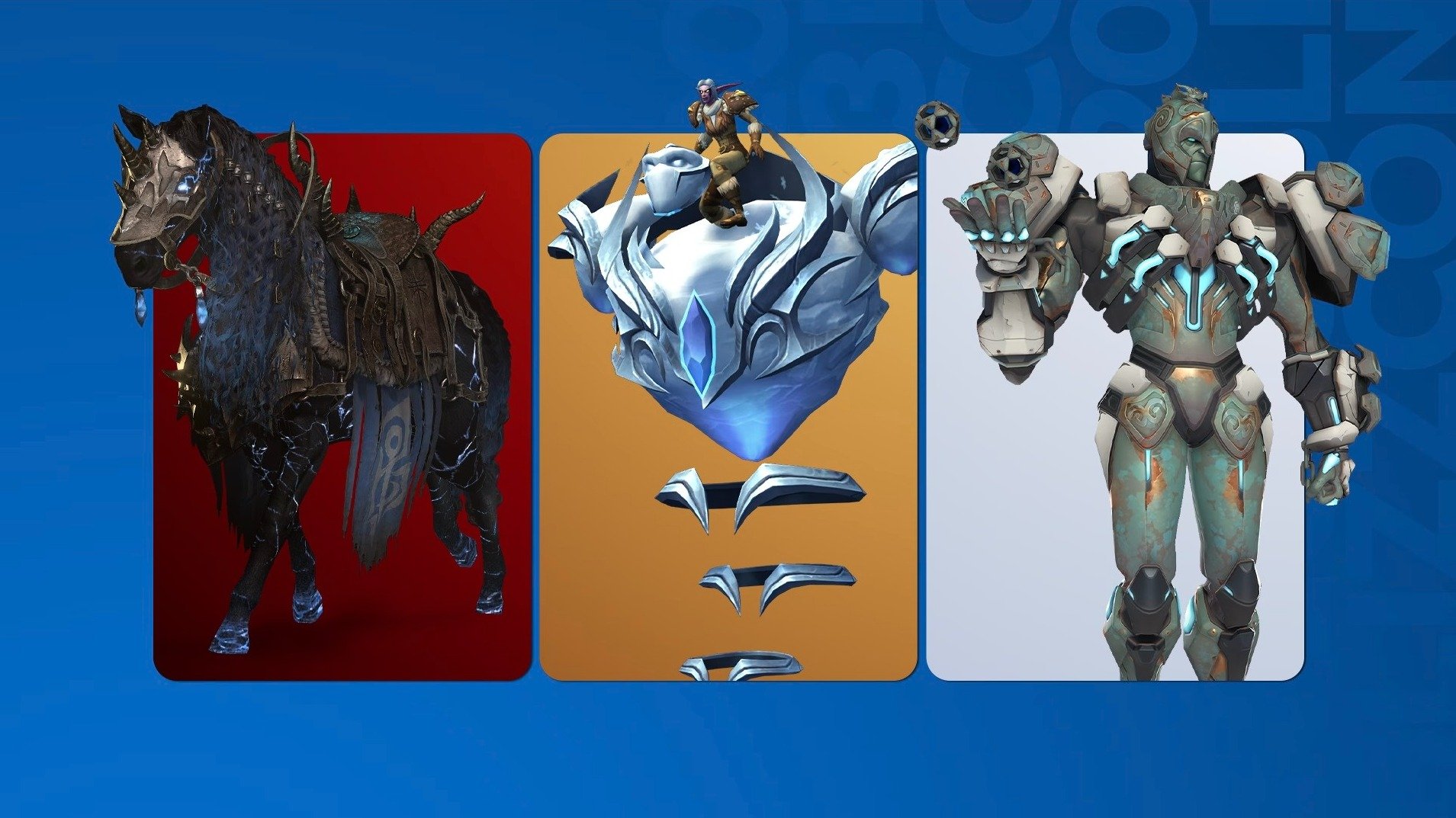
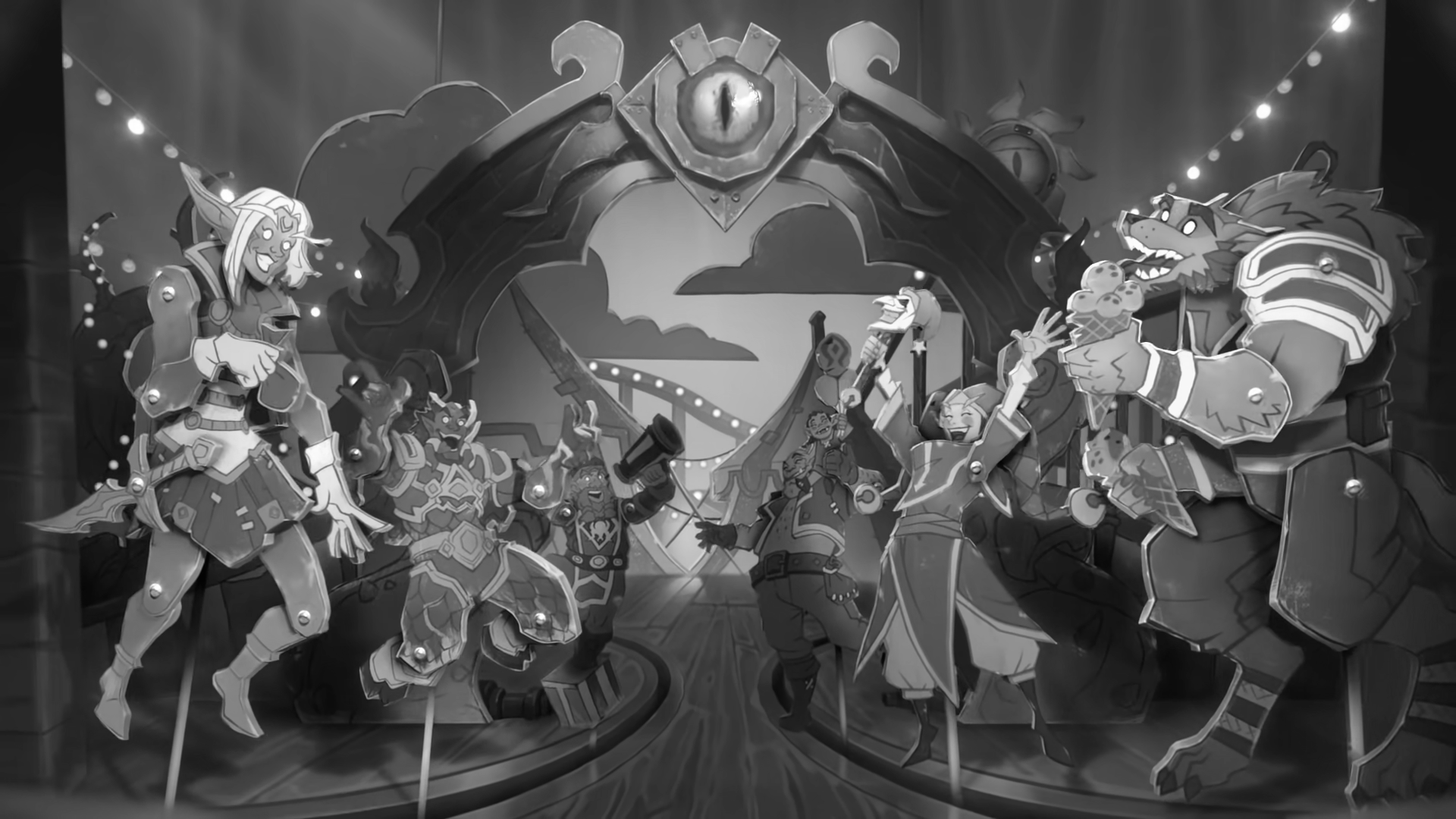
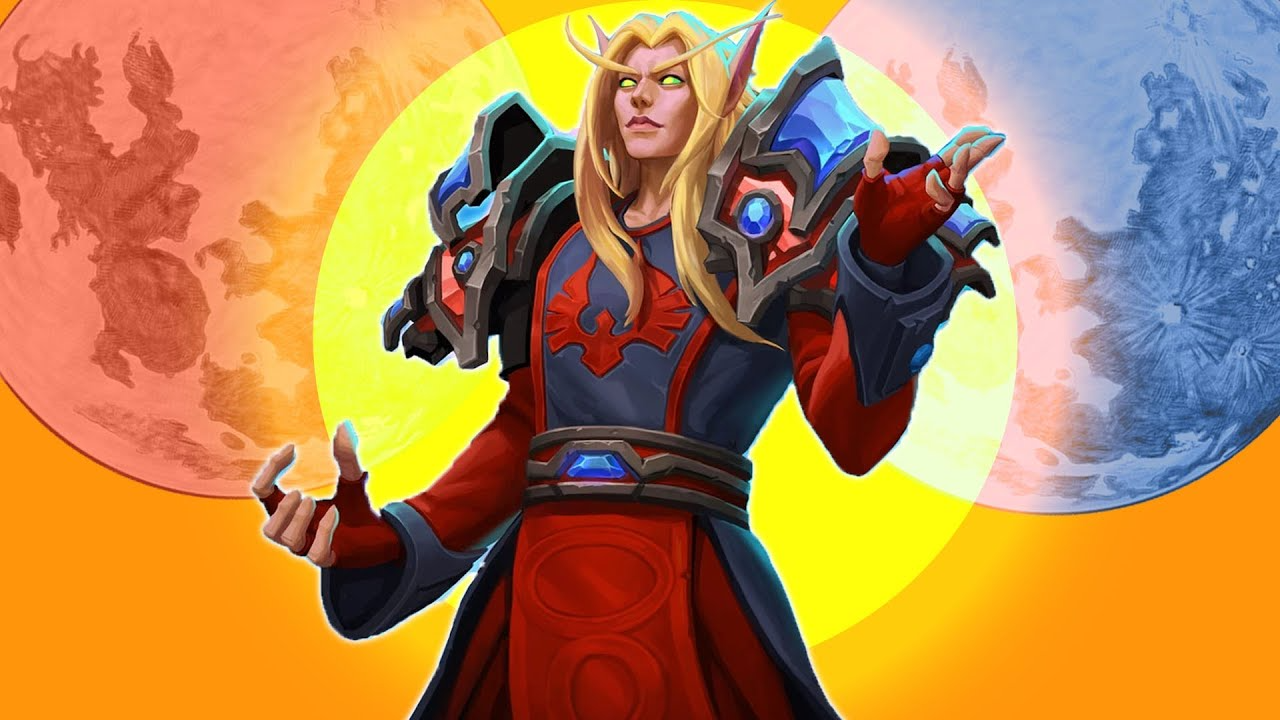

Published: Jun 10, 2017 06:20 pm